Place de la Concorde is one long breathtaking look at majestic Paris.
It's one of those spots so truly spellbinding, it's tough to take it all in.
It's a place YOU MUST SEE -- most definitely at least twice --
to witness its transformation from day into night.
At twilight and dawn, too, the atmosphere seems to change.
By sun or by moon, sunshine or rain, her many treasures capture
a certain mood, always dynamic according to the light.
Place de la Concorde personifies what Paris does best.
It's a great big gulp of beauty, history and drama.
Legendary for her iconic boulevards, monuments, art and spectacles,
the city brings it all to a head in this one monumental square.
Just remember, you need to come prepared to see -- to
really absorb -- the unabridged circus that surrounds you.
Going for broke, the distractions of this lovely spectacle compete for your attention.
I doubt even Superman's x-ray vision could capture the entire panorama all in one serving.
So please, pay attention.
Savor it slowly in small bites, thoughtfully, a bit at a time.
Fully participate in the splendid stage set before you.
It began innocently enough.
A large statue of King Louis XV was erected on the square
to celebrate his recovery from a long illness.
Originally named Place Louis XV, French authorities continued
to enlarge and improve the grand space.
But during the French Revolution, the king's statue was quickly replaced,
substituting an even larger monument called Liberté.
Lickety-split, they speedily renamed the square Place de la Revolution.
Before long, a guillotine was installed and -- quick as you can say
"coupez les têtes" -- over 1100 heads went missing.
It was here that poor King Louis XVI, grandson to the original
namesake of the historic square, lost his life.
Talk about adding insult to injury!
Poor guy, he had tried to be a good king.
He made a run to abolish serfdom, promoted religious tolerance and actively supported
the American colonists in their bid to win independence from Great Britain.
But the mood for revolution was ripe.
The sun shone down brightly on that ghastly guillotine.
The King, his Queen, and a bevy of royals -- all punished for crimes of birthright --
lost their heads in this very well-dressed space.
Look for the bronze plaque that marks the spot.
Danton, Madame Du Barry and even the architect of the Terror himself,
the wily Robespierre, all met their maker on Place de la Revolution.
"Dignified and painless" was the questionable description painted by the herd of haters.
Death squads in sheep's clothing, this public frenzy produced little else other than mayhem.
Years earlier, the square was the scene of another type of deadly havoc.
During the monumental celebration honoring the king's marriage to Marie Antoinette,
dozens of onlookers were trampled to death as they met with the forcible crush
of the crowd jostling for a better look at the fireworks.
But don't let history stop you.
Your heart may skip a beat or two and your blood pressure may rise
when you first see the imaginative spot, but the guillotine and
the smell of blood have long since disappeared.
True, you may still need to dodge the unwashed masses.....
but the only body part you might lose here is your good sense.
Now re-named Place de la Concorde (agreement), this formerly bloodthirsty
symbol proves that when arbitration and cool heads prevail, everyone's a winner.
It has come full-circle, once again a royal square -- only this time the kingdom is yours.
Originally set up as a nice place to erect the king's statue in the undeveloped
real estate that stood in between the prominent Champs-Elysées and prestigious
Tuileries Gardens, it had a dry moat that surrounded all eight of its sides.
At first, bridges were used to cross over its swampy furrows but before long,
famous architect Jacques-Ange Gabriel had a vision.
He saw the site for its true potential, convinced it would play an important role
in making Paris the most glorious city in the world.
If he could somehow harmoniously pull together the swank Champs-Elysées
with the royal Tuileries Gardens, he would deliver his ambitious gift to Paris.
By 1772, Monsieur Gabriel's plan came together.
The moat was filled in, replaced by artistic fountains and imperial statuary.
On the northern end, stately buildings were carefully constructed,
fulfilling the promise of the clairvoyant architect.
Place Louis XV was so perfectly matched to the nearby avenues and gardens,
it looked like it had always been there.
Each "accessory" is a masterpiece, an artistic reminder that
This is Paris, This is France.
The Obelisk is the center piece, the star, the headliner on this stage.
Born in the temple of Ramses II at Thebes, the Obelisk was a gift
from the Viceroy of Egypt, erected on Place de la Concord in 1836.
Seventy-five feet tall, weighing 230 tons, the granite tower projects power and grandeur.
It stands out over all the rest as testament to the lure of
the tall and the skinny (Eiffel Tower, runway models) in Paris.
TV cameras love it.
As the Tour de France charges toward the finish line on the Champs-Elysées,
the perfect panoramic shot always picks up the gleaming gold cap that tops the Obelisk.
Made in Egypt but clearly at home in Paris, the golden cap is the icing on the cake.
The French state and its taxpayers added the bling to ensure it flaunts that
certain 'je ne sais crois' that all French monuments must evoke.
The hieroglyphics seem to say,
"Having a wonderful time in Paris. Wish you were here."
But over and above what you see on the square is what you see beyond its borders.
The Champs-Elysées and the Arc de Triomphe, the Eiffel Tower, the Tuileries Gardens,
the Madeleine Church are all in plain view from the conspicuous square.
As a matter of fact, if you're in town for just a few days (God forbid), make it a priority
to stand where you can acclimate yourself to many of Paris' most celebrated sites.
Designer Jacques Hittorff designed the square's famous fountains that
pay tribute to the rivers and seas so treasured by France.
They're over the top, worthy of your best selfie
hamming it up with the frolicking gods and goddesses.
Stone statues, presiding over all eight corners of the square, represent the French cities
of Bordeaux, Brest, Lille, Lyon, Marseilles, Nantes, Rouen and Strasbourg.
Definitely worth a look.
Then there's the majestic Hotel Crillon, an enlargement of the original structure that Jacques-Ange Gabriel so ably constructed in his early vision of the royal square.
Originally the home of the Duc d'Aumont, it passed on to the Crillon family who, after
some 100 years, sold it to the enterprising individuals that transformed it into a luxury hotel.
Not just any hotel, the Hotel Crillon has more than just a good corner lot and a spacious lobby.
The history of this great palace is legendary.
It was here that Benjamin Franklin signed the trade treaty that first recognized the
Declaration of Independence which cemented the American/French friendship forever.
Since then, this mansion turned hotel has played host to
rock stars, movie stars and heads of state.
Look around again.
You can see the Eiffel Tower, the Madeleine Church, the Assemble Nationale,
the Tuileries, and the Arc de Triomphe.
Two dynamite museums, the Jeu de Paume and l'Orangerie, are in your scope.
Do pick at least one for an afternoon of artistic indulgence.
Like a trip to the moon, it's all here on Place de la Concorde.
And just a few more steps away, you'll find the rue de Rivoli with its
WHSmith bookstore, Angelina's tearoom and the perfectly manicured Hotel Meurice.
Not bad for one Metro ride.
Place de la Concorde put the exclamation point on Paris as an idea,
as the community for elevated thought, the Paris of words and great thinkers.
Sure, it underscores the blue of the sky and the romance of the moon,
the sexy slip barely peeking out from under a red dress.
But remember this.
Important things happened here in the past.
And you just know there's more to come.
The Paris Story.
Right here.
Do you recall the fatalistic song penned by the great
Shel Silverstein, made famous by Marianne Faithful?
"The Ballad of Lucy Jordan"
comes to mind when I think about Place de la Concorde.
"The mornin' sun touched lightly on the eyes of Lucy Jordan
In her white suburban bedroom, in a white suburban town
As she lay there 'neath the covers, dreaming of a thousand lovers
'Til the world turned to orange and the room went spinnin' round
At the age of 37, she realised she'd never ride through Paris
In a sports car, with the warm wind in her hair
And she let the phone keep ringin' as she sat there softly singin'
Pretty nursery rhymes she'd memorised in her daddy's easy chair
Her husband, he was off to work, and the kids were off to school
And there were oh so many ways for her to spend her day
She could clean the house for hours, or rearrange the flowers
Or run naked down the shady street screaming all the way
At the age of 37, she realised she'd never ride through Paris
In a sports car, with the warm wind in her hair
And she let that phone keep ringin' as she sat there softly singin'
Pretty nursery rhymes she'd memorised in her daddy's easy chair
The evening sun touched gently on the eyes of Lucy Jordan
On the rooftop where she'd climbed when all the laughter grew too loud
And she bowed and curtseyed to the man, who reached and offered her his hand
And led her down to the long white car that waited past the crowdAt the age of 37, she knew she'd found forever as they rode along through Paris
With the warm wind in her hair
Ooooohhh yes with the wind in her hair oooooohhhh......"
(c)1973 Sony Music Entertainment Inc.
Read more - Ballad Of Lucy Jordan Lyrics | MetroLyrics
*********************************
Lucy Jordan.
I like to think of her red car taking a spin
'round and 'round Place de la Concorde.
For her, it's still Place de la Liberation.....
And that's just about as perfect a place you'll ever find.
Three cheers for Place de la Concorde, a place we can all agree is
Paris-Sensational
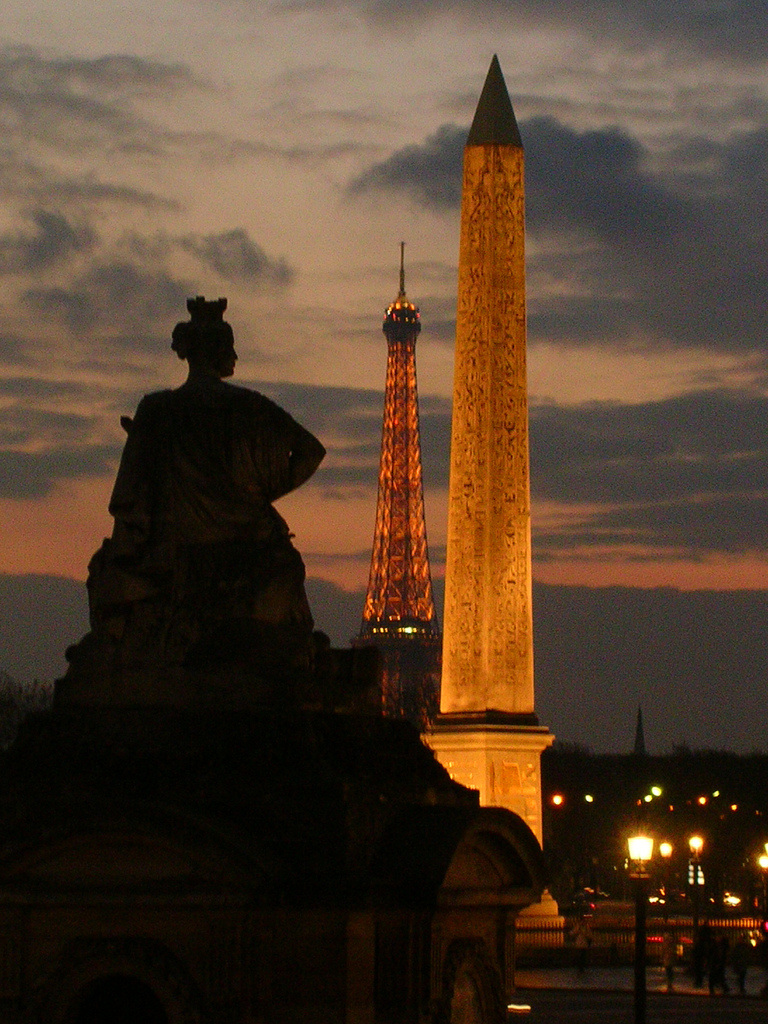
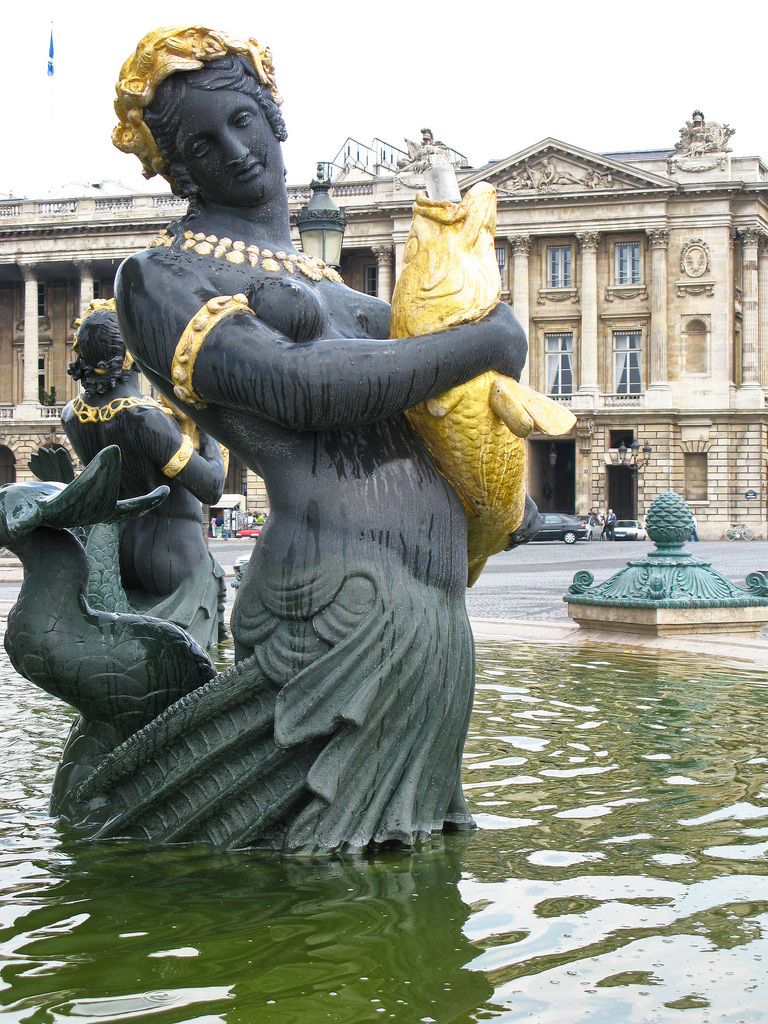



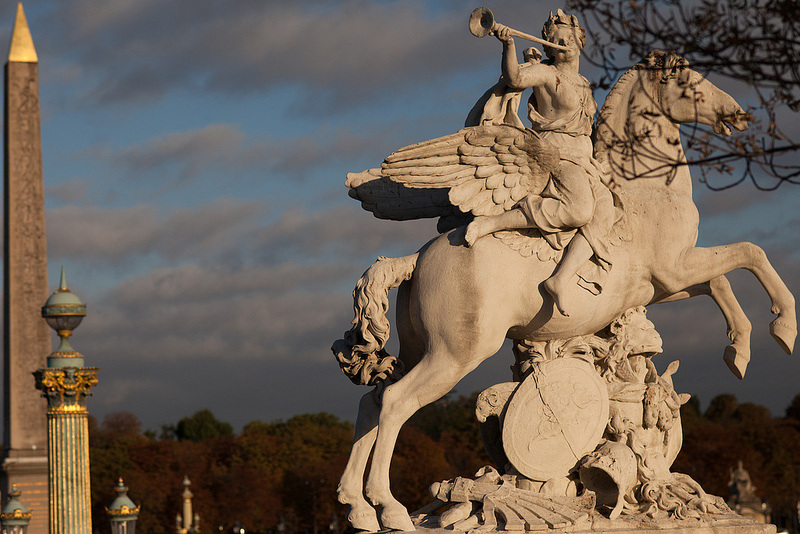
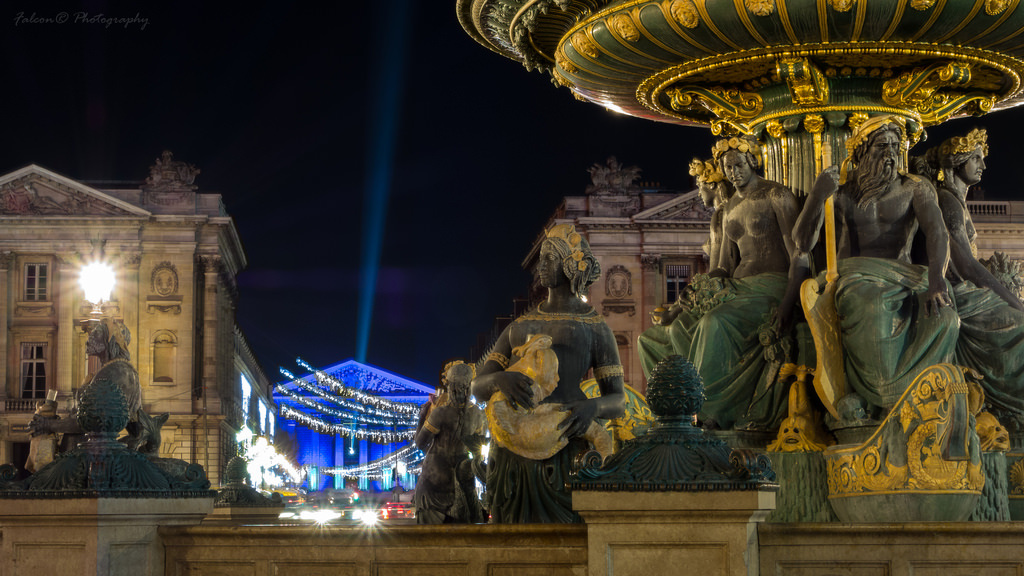





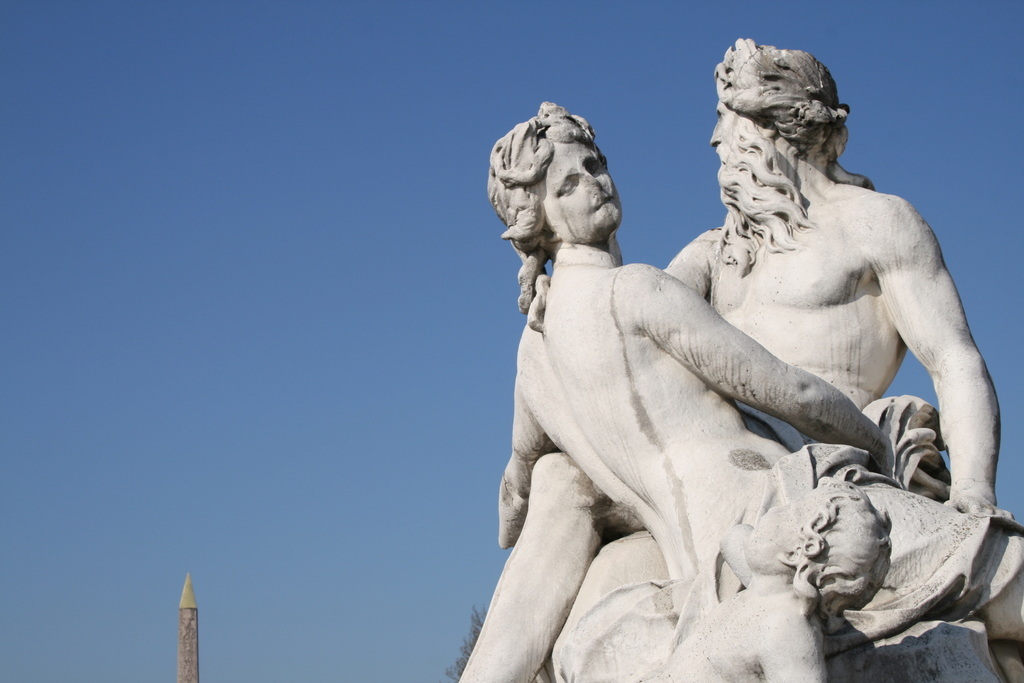

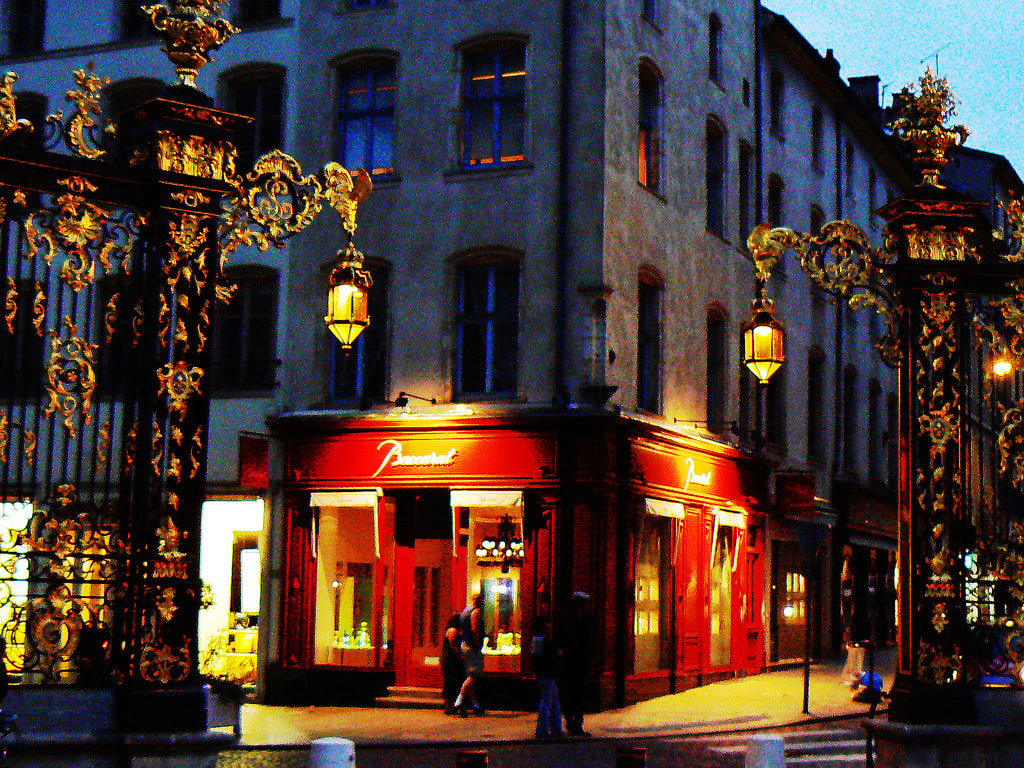



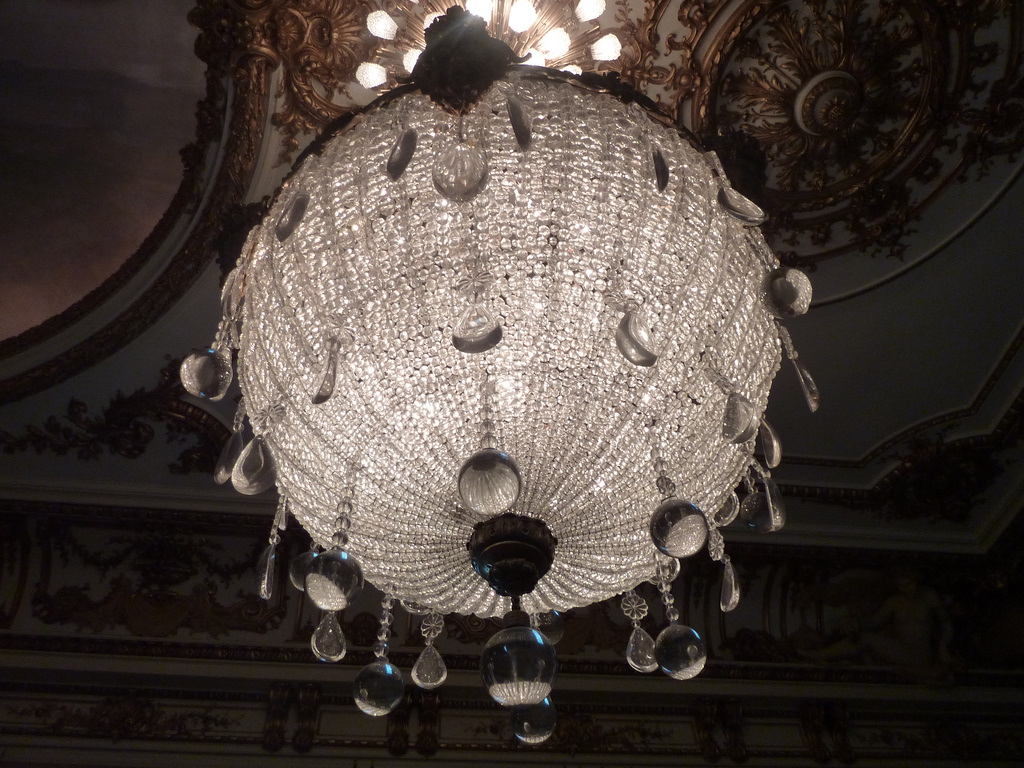

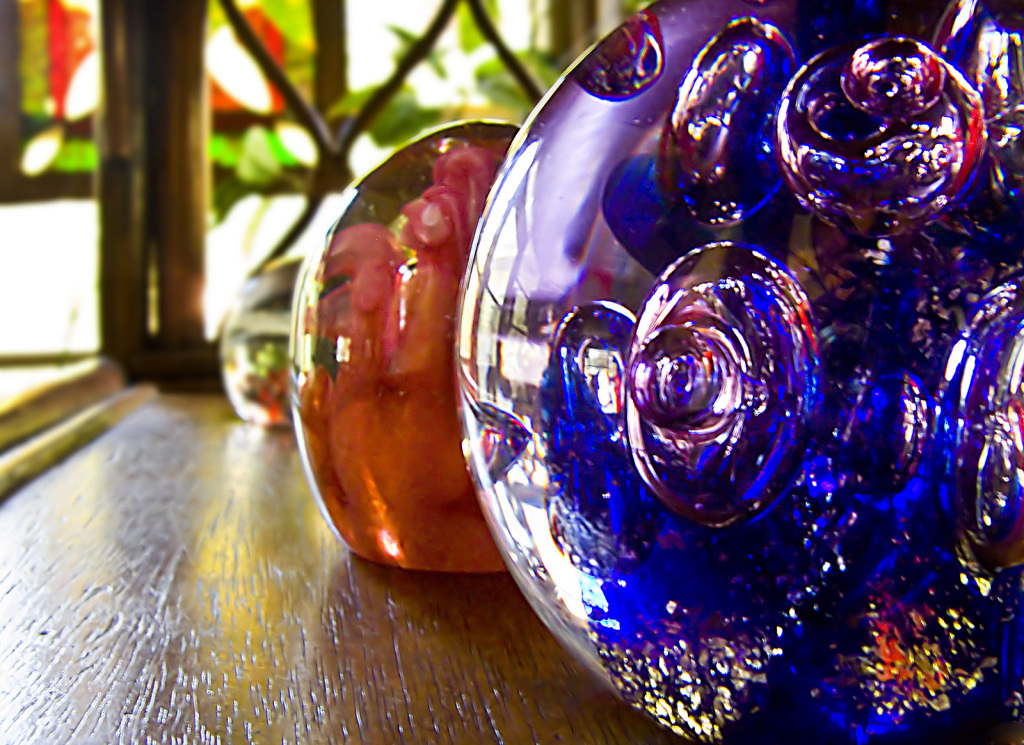
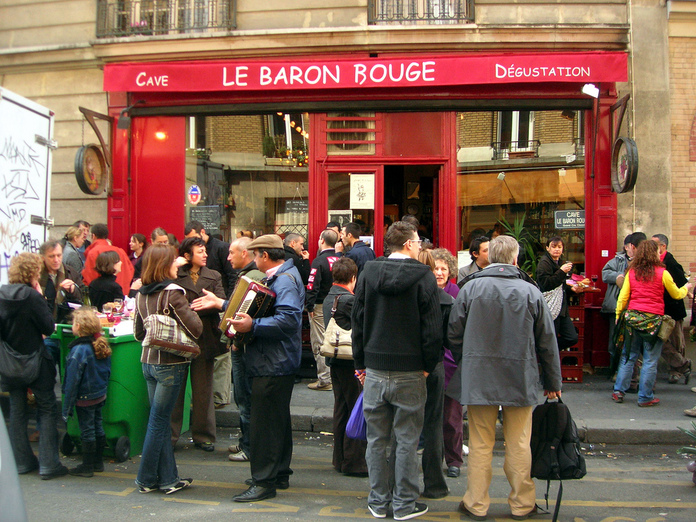
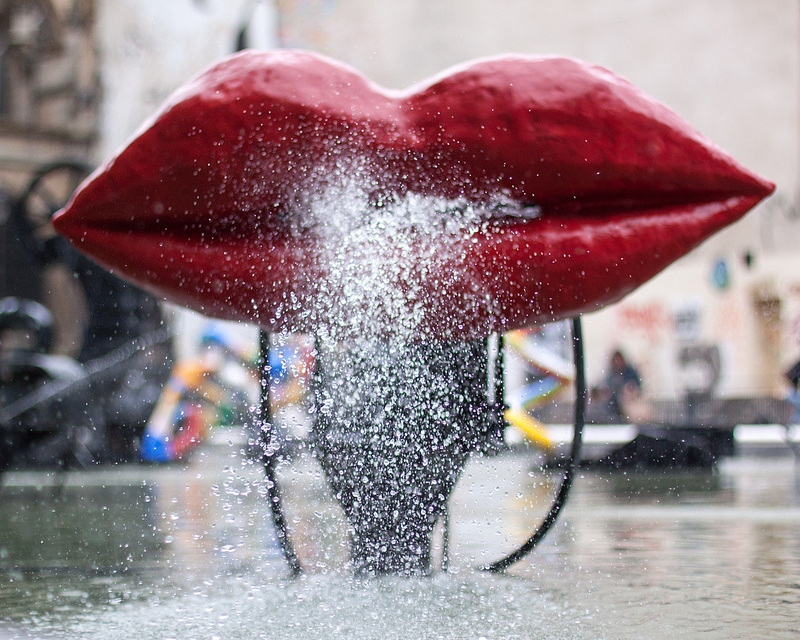
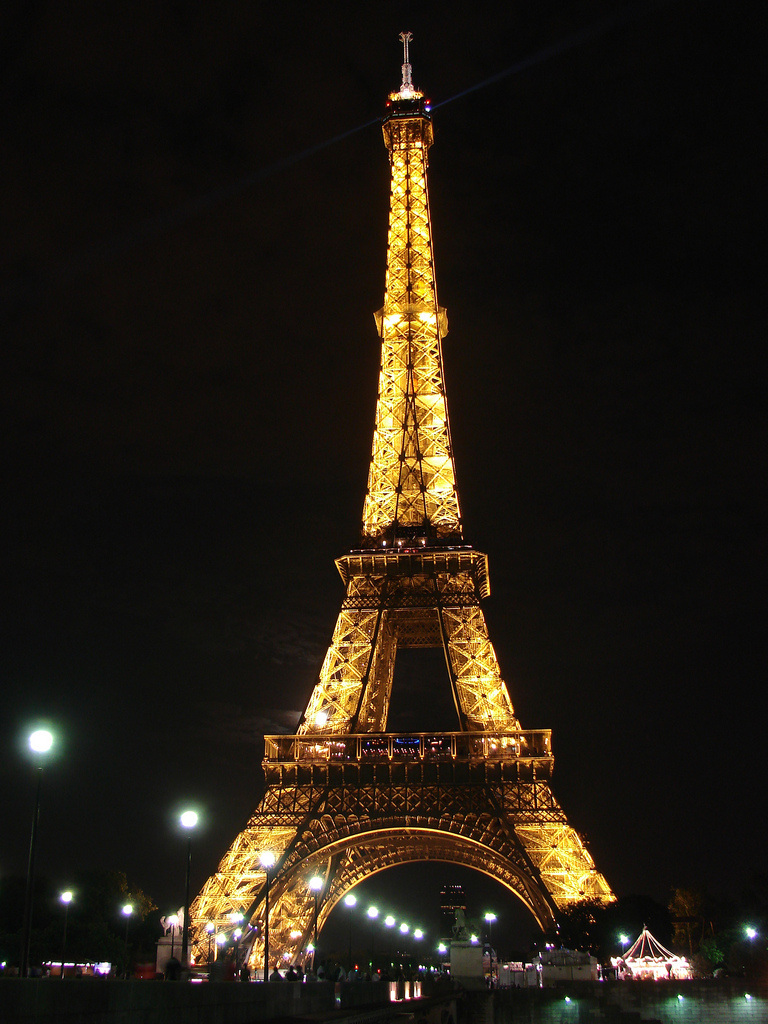


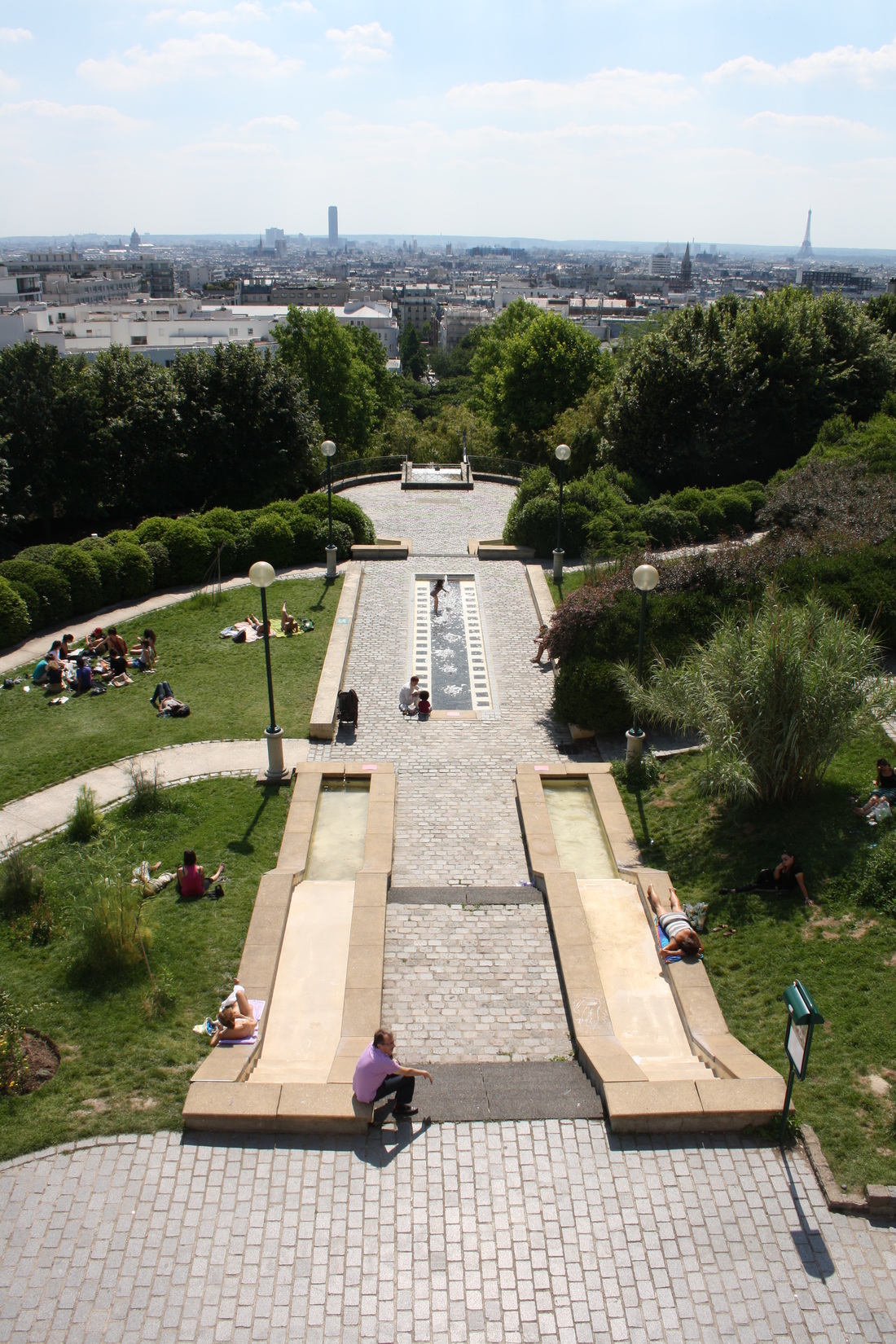
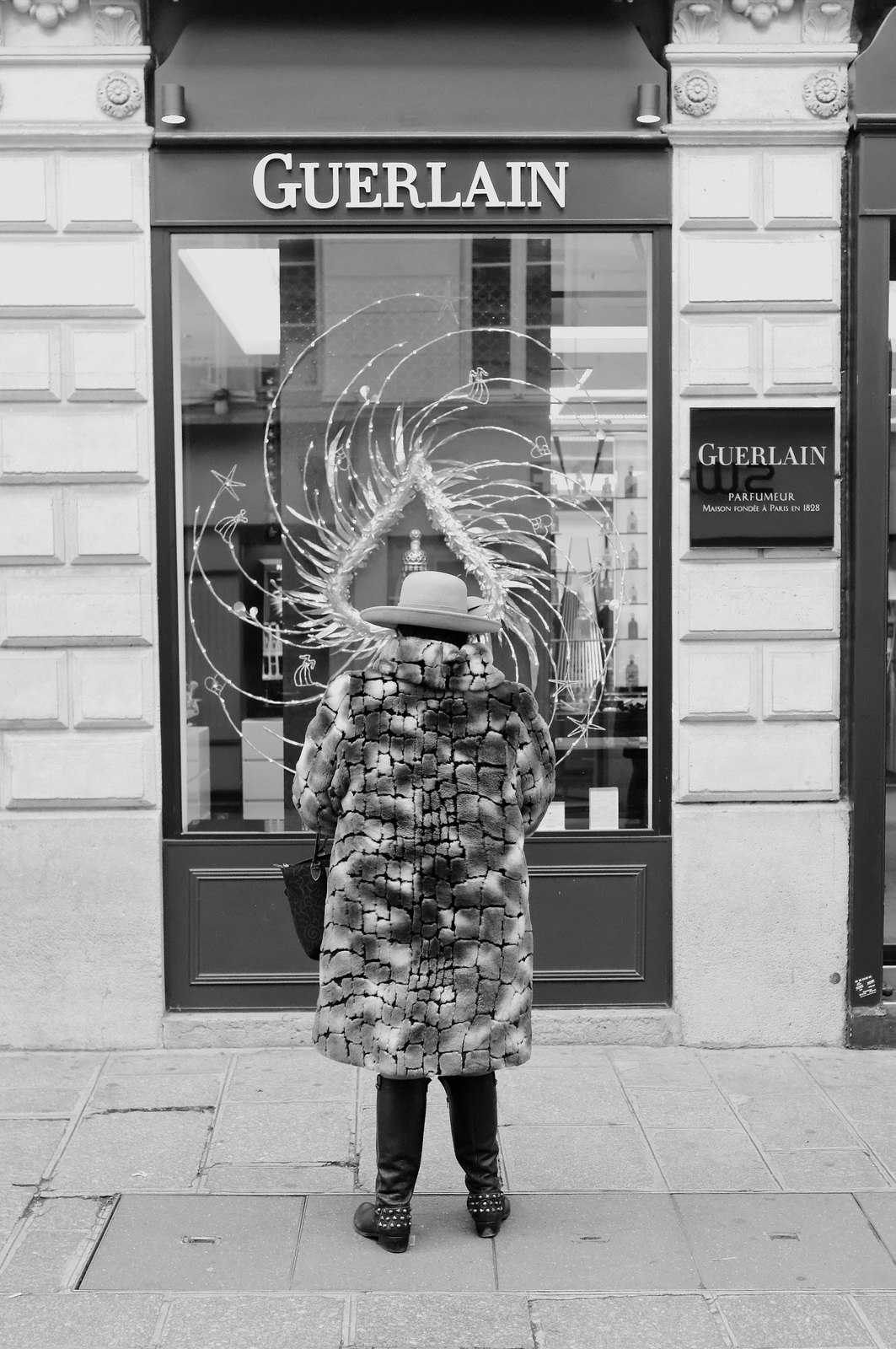
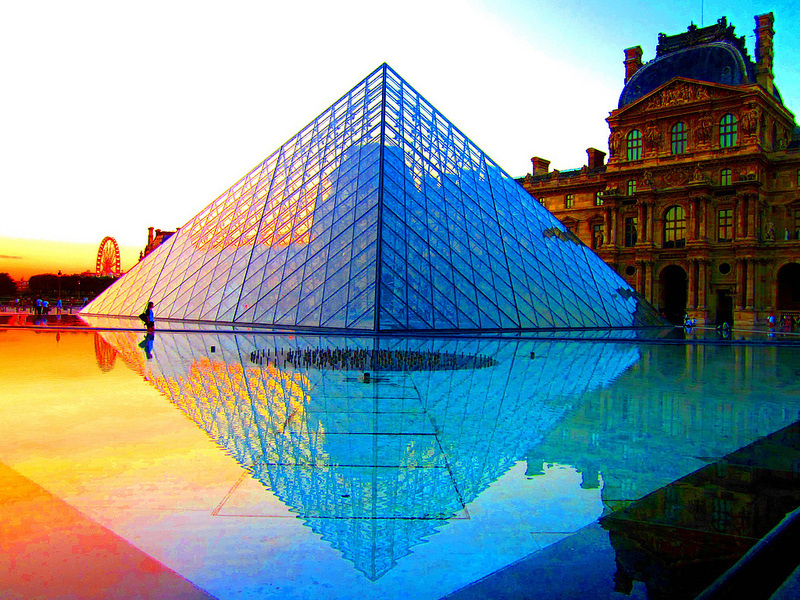
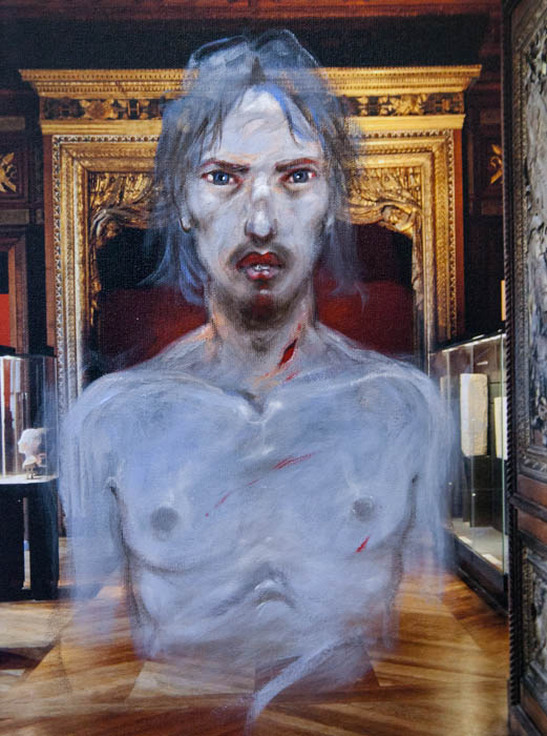
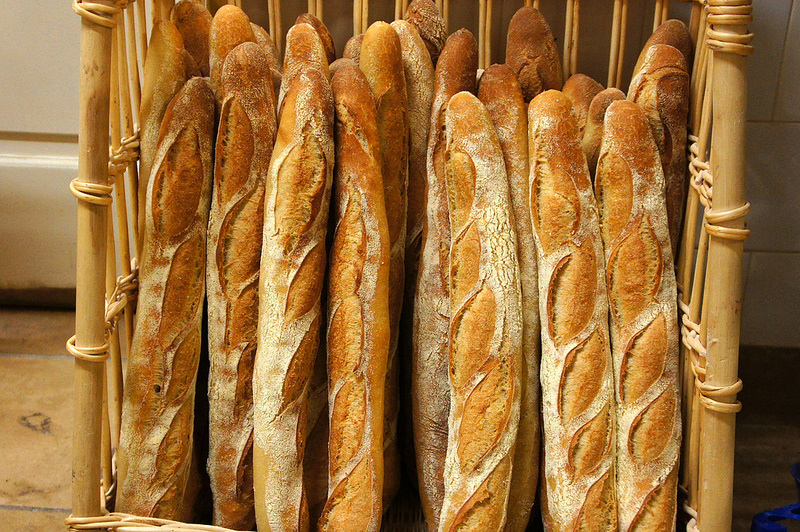


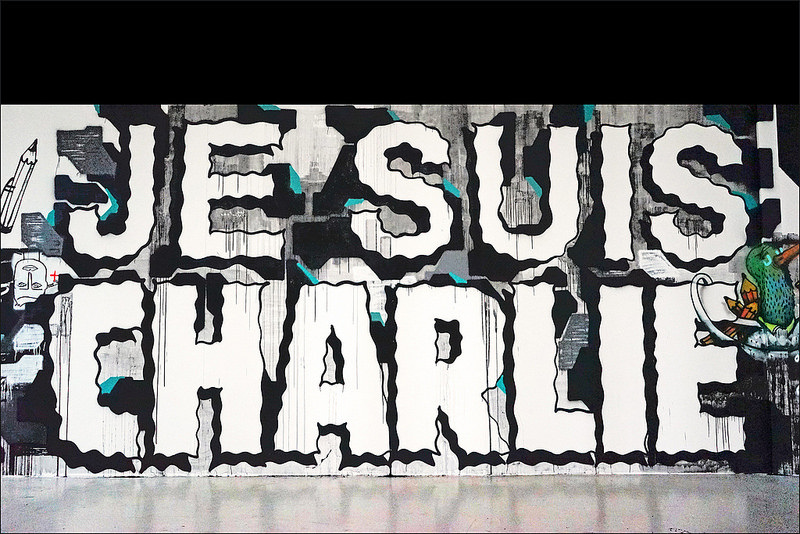

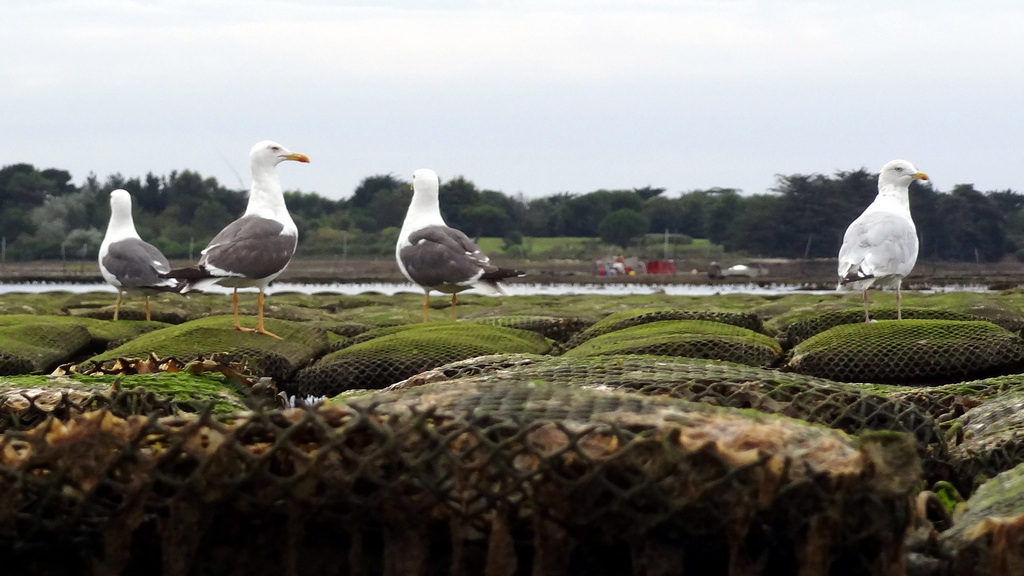
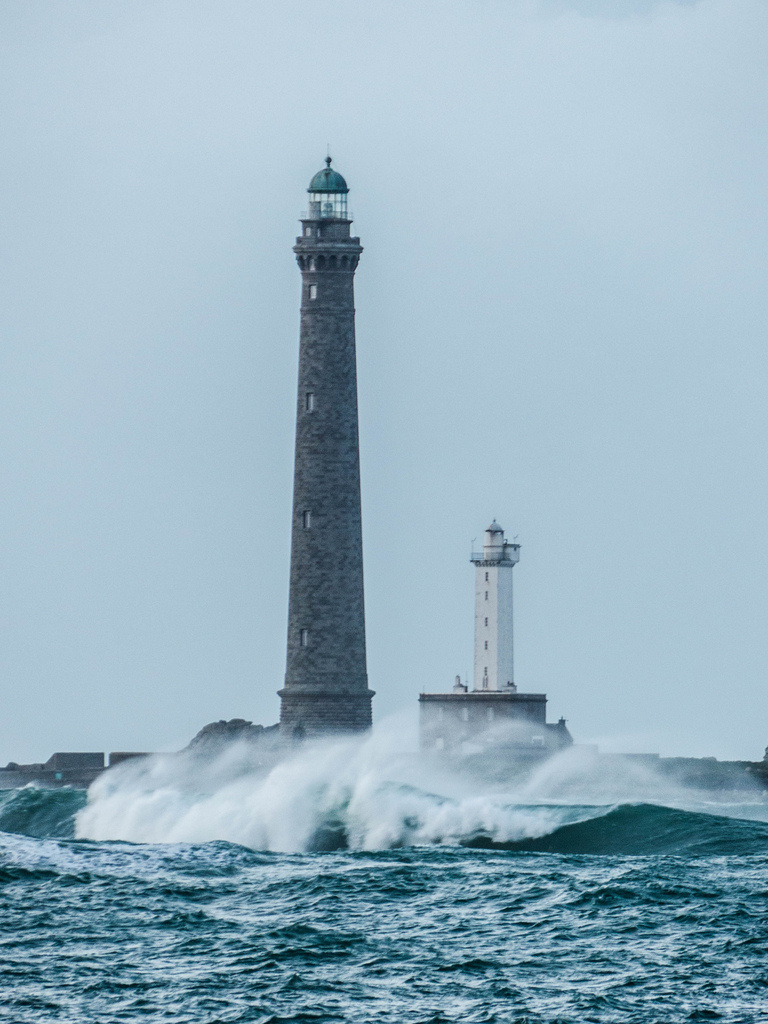
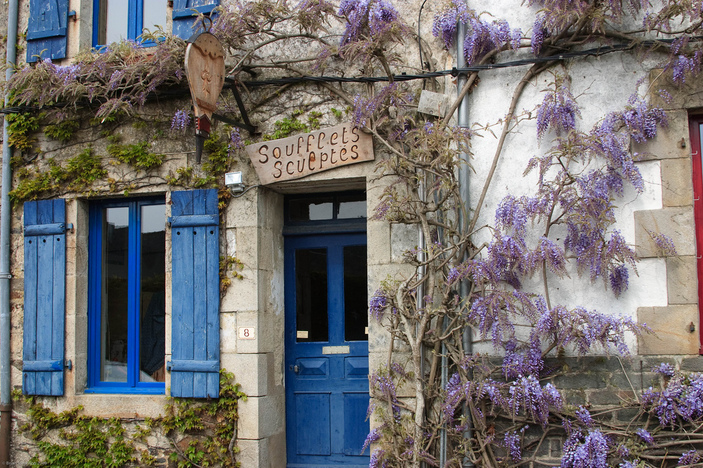

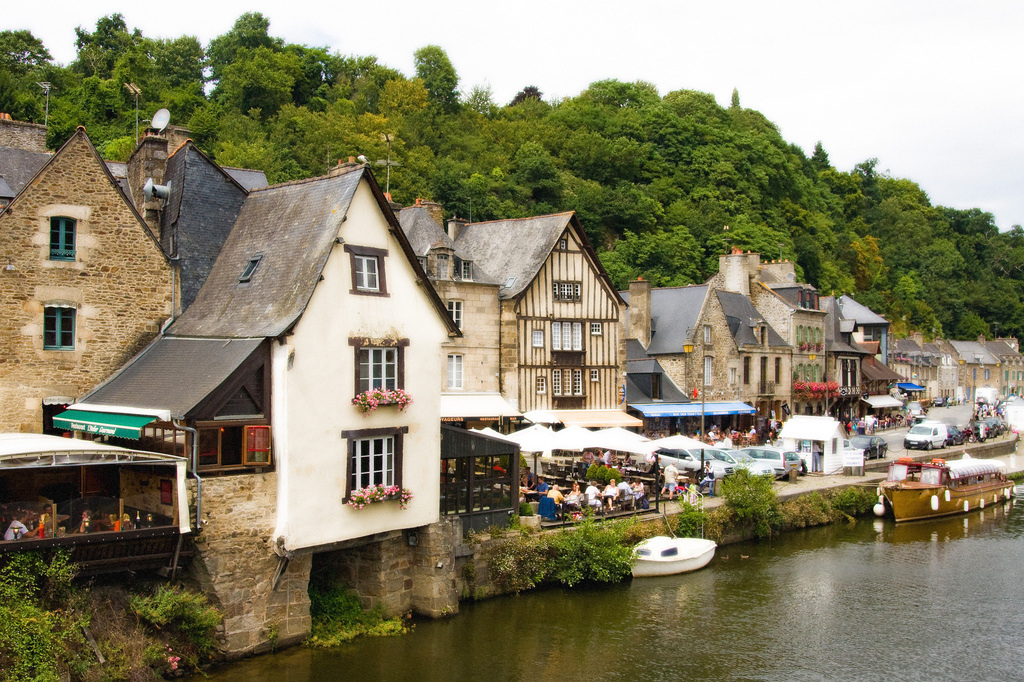

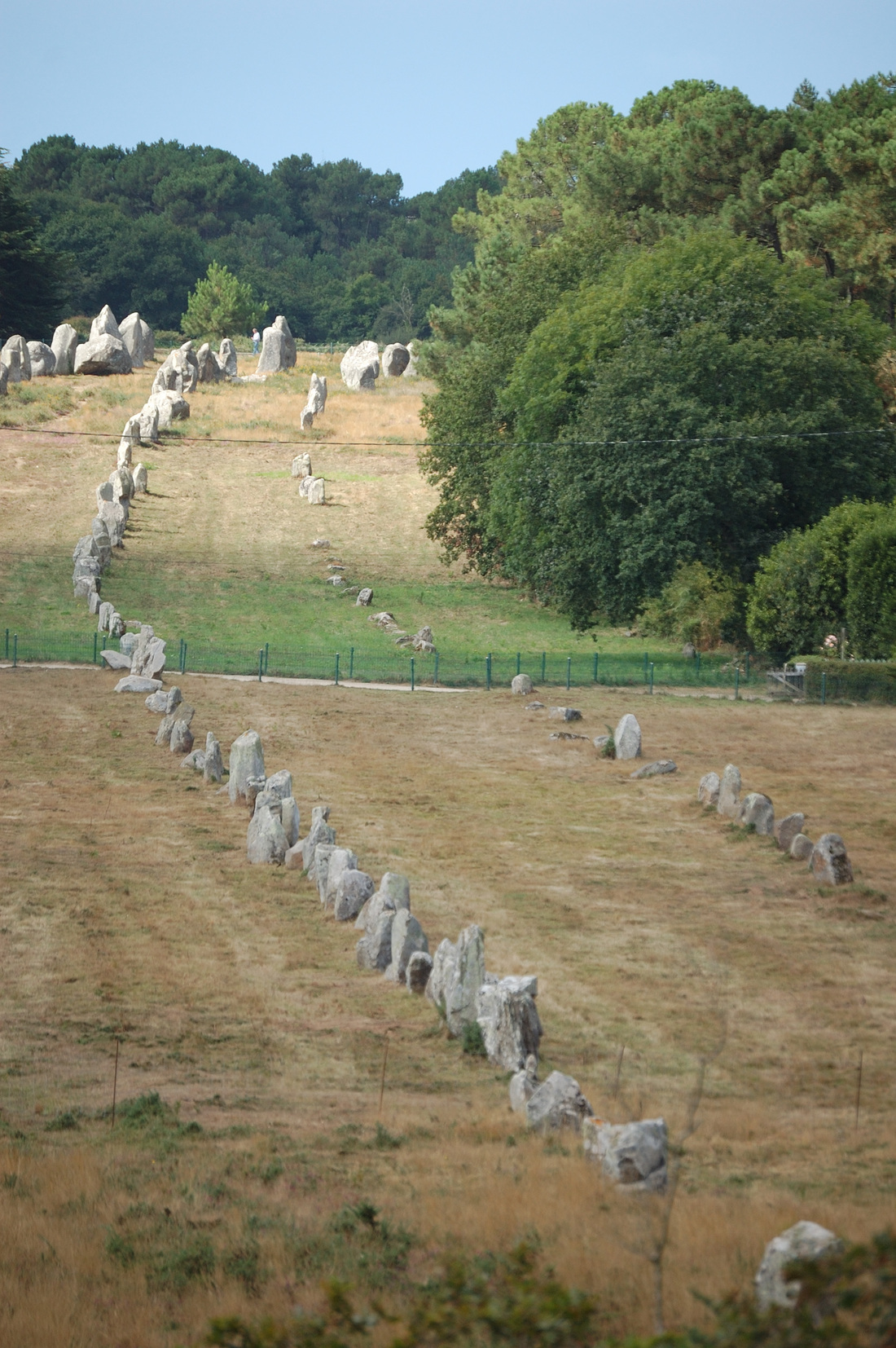


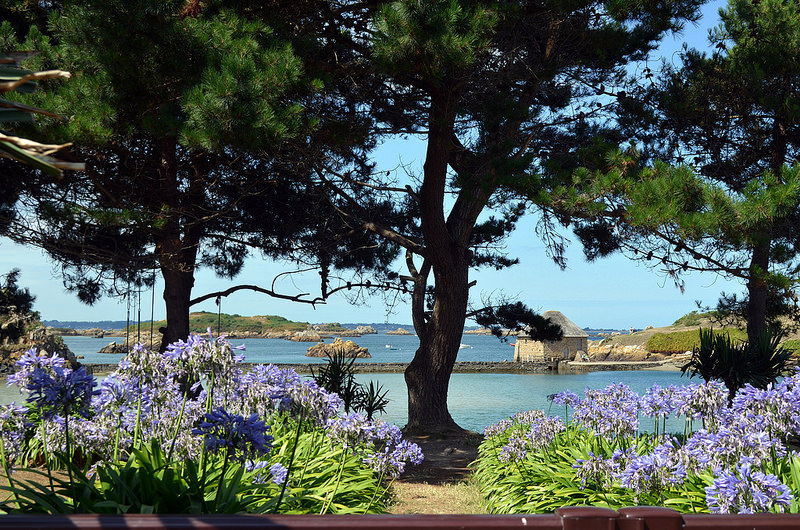





 RSS Feed
RSS Feed
